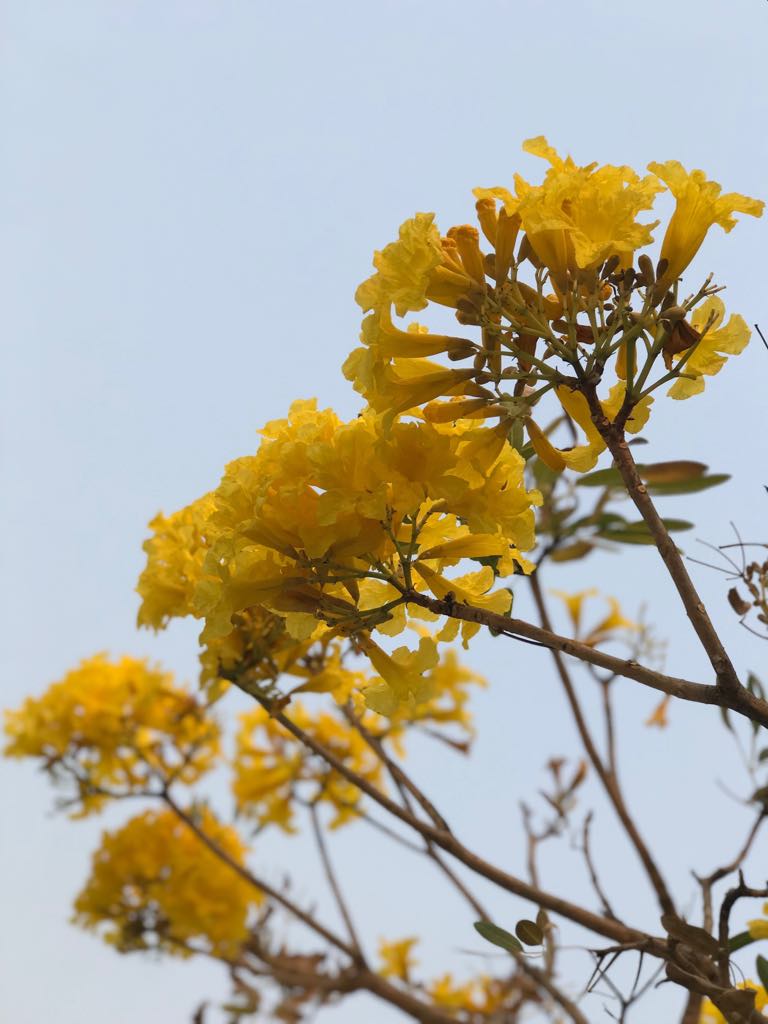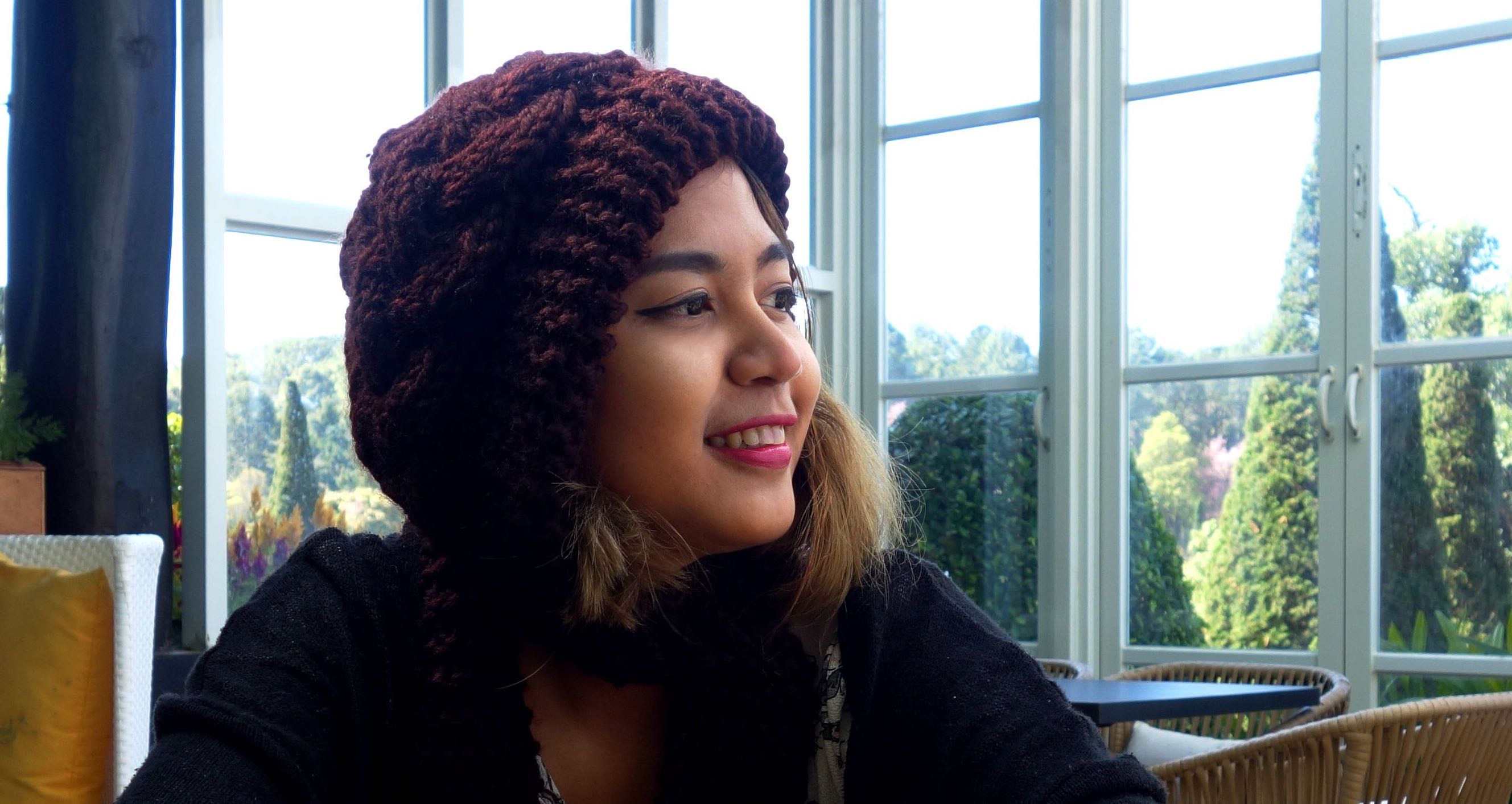How to say “thank you” in Burmese (ကျေးဇူးတင်ပါတယ်)

Hello again!
Thanks for reading our cracking Burmese blog.
Wait…. “Thanks” or “Thank You”?
What is the difference between “Thanks” and “Thank you”?
I goggled it and than it says “thanks” is just a shorten form of “thank you” and sometimes informal than “thank you”, and there is not much difference. But for me, once, one of my colleges gave small gifts to all her colleges on a special day, and on the envelopes on the greeting cards, she wrote “Thank you, (name),” for all other colleges, but then, for me she just wrote “Thanks Win Thant” and it was recently after a strong argument with her.
At that time, I was really confused why she uses “thanks” instead of “thank you” to me. Is that because she wants to write in an informal language and message me like even though we have arguments, we are just friends who knows each other better than before, or just like even though she doesn’t want to, she have to say it anyway like “Oh, thanks (very lightly and merely)” or just she writes it without any intention?
The thing is she is a type who usually brings in the issues from the past! I never asked her and I see things quite positive, so I just believed it might be the first one. Who knows! (Please feel free to share you opinions in the comment box for using “thanks” and “thank you” if you like to!).
But I can swear, “thanks” in the first line of this article has no difference with “thank you” and just a shorten form of “thank you”! Really heartfelt thank you!
Well, I hope I am not off the topic. Let’s go back to crack the “thank you” code to say it in Burmese!
In Burmese, the main word for “thank you/thanks” is “Kyay Zuu” and there are couples of particles that you can add after it depending on the situation and according to your mood. Usually, there is no special difference between them.
The formal one:
Kyay Zuu Tin Par Tal ကျေးဇူးတင်ပါတယ်
You can use “Kyay Zuu Tin Bar Tal” in every situation from saying thanks to the waiter to saying thanks to the president. It is formal and useful for different situations.
The informal ones:
(usually when you wants to show your friendliness than the formality or when you want to use it a bit lightly)
Kyay Zuu Par ကျေးဇူးပါ
Kyay Zuu Pal ကျေးဇူးပဲ
Kyay Zuu Naw ကျေးဇူးနော်
Adding Name or Personal Pronouns after “Thanks/Thank you”
In Burmese, we also add the name or personal pronouns after “thanks/Thank you” usually. It’s like “Thanks, Robert” “Thank you, Rosie” “Thank you, Ms.” “Thanks, bro” Etc. and it makes a bit more special, more friendly and more natural! So if you want, you can add the name of person after “Kyay Zuu Tin Bar Tal” or add the personal pronouns accordingly with the gender and age of the person you are saying “thanks,” even though he/she is a total stranger.
For example:
Kyay Zuu Tin Par Tal, Ako (thank you, bro)
ကျေးဇူးတင်ပါတယ် အကို
Kyay Zuu Tin Par Tal, Tharr (thank you, son)
ကျေးဇူးတင်ပါတယ် သား
Kyay Zuu Tin Par Tal, Aunty (thank you, aunty)
ကျေးဇူးတင်ပါတယ် အန်တီ
I hope this article will help you in saying “thanks” in Burmese! Thank you for reading this long and please let me know if you have any question!


“Minglabar” Hi from Jakarta, Indonesia. Joust found your website. Nice website. Maybe someday when I visit Myanmar, I will take your lesson in Burmese words
Thanks Hender. Please visit Myanmar!
ok i have a one question, my Facebook frien chat me and he say “ayam kway zuu tin par tal” what is that mean
It’s “thank you very much!”
“Ayam” is “very”.
If I reword a news article is that copyright ?
Billig, yes you can rewrite freely, or a credit is appreciated!